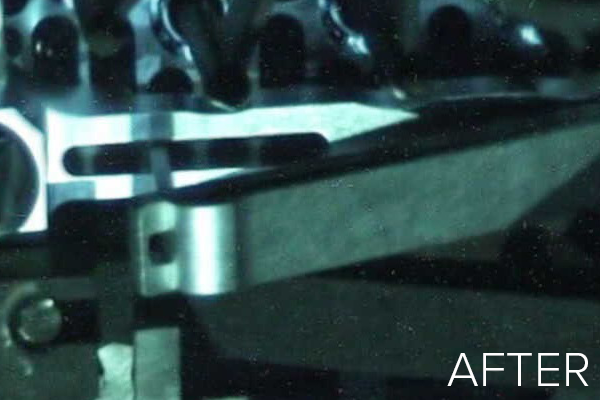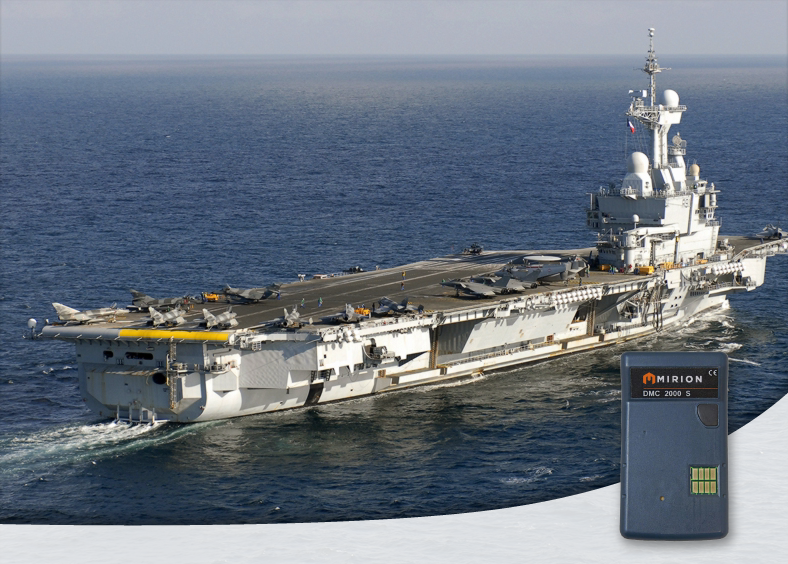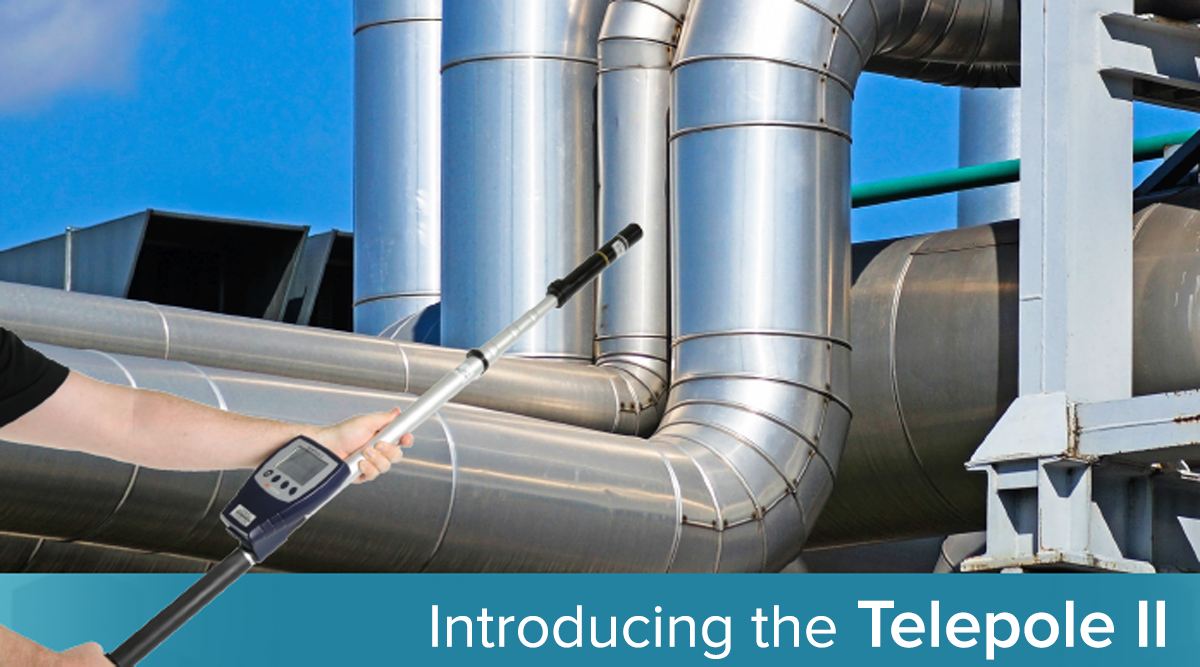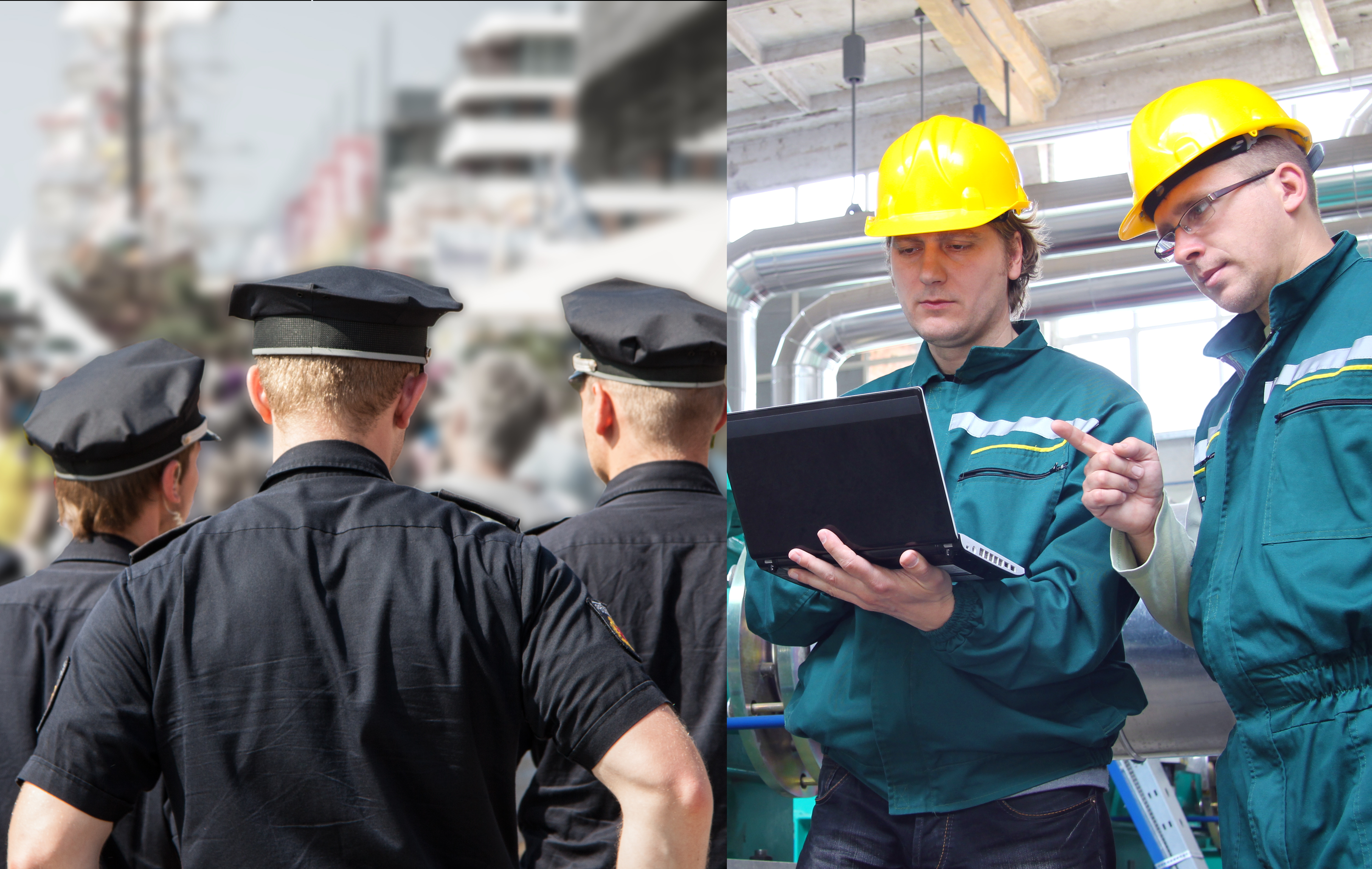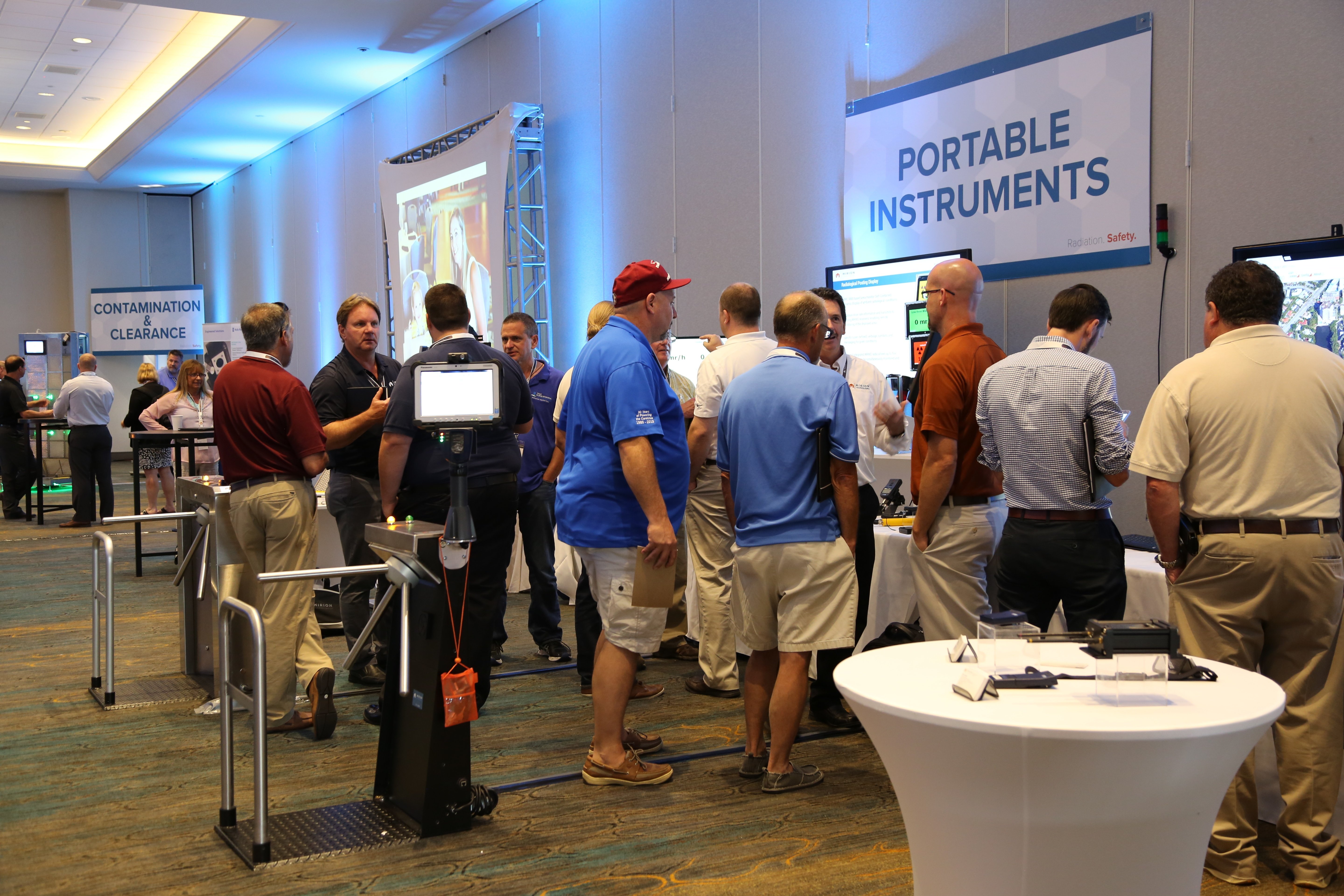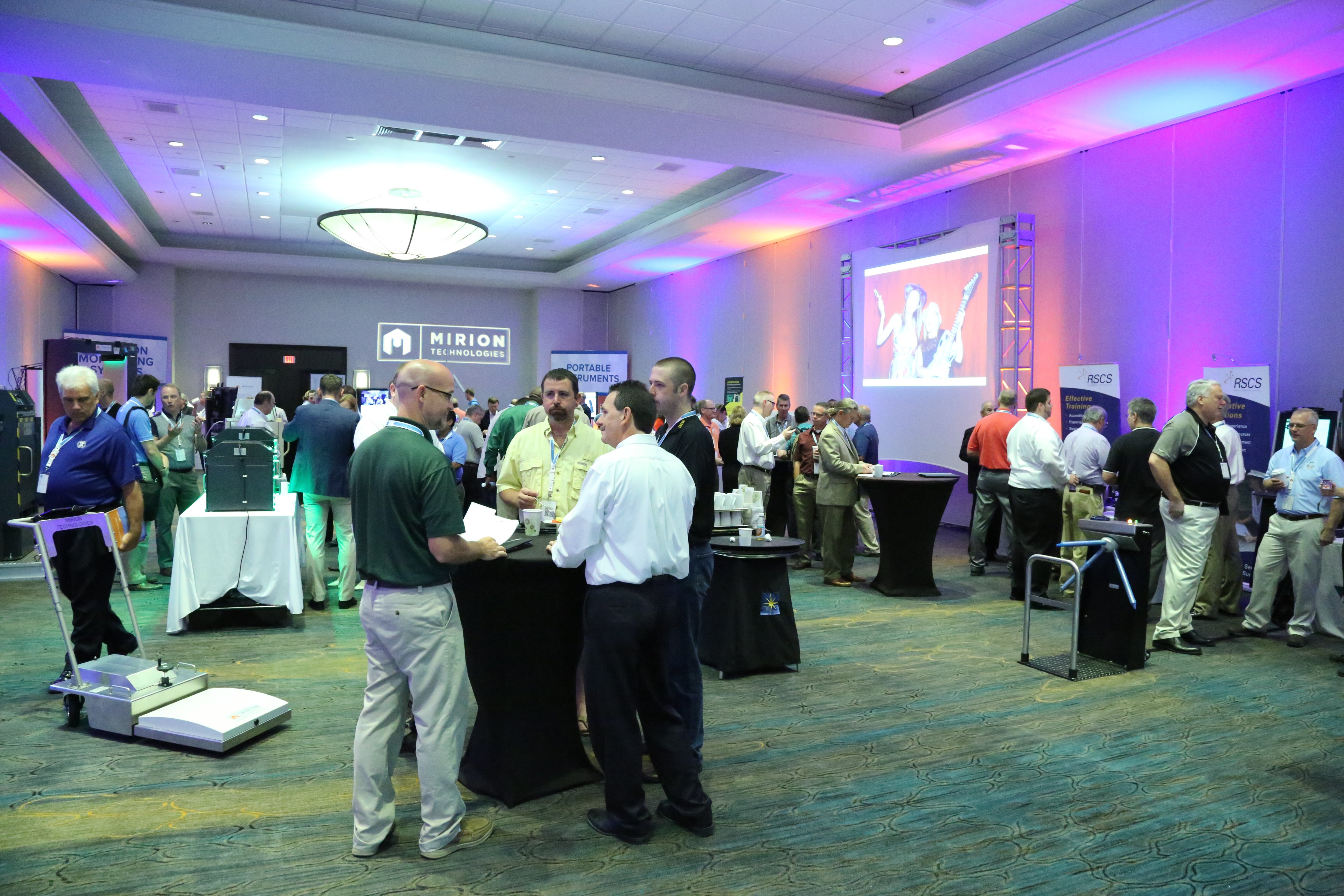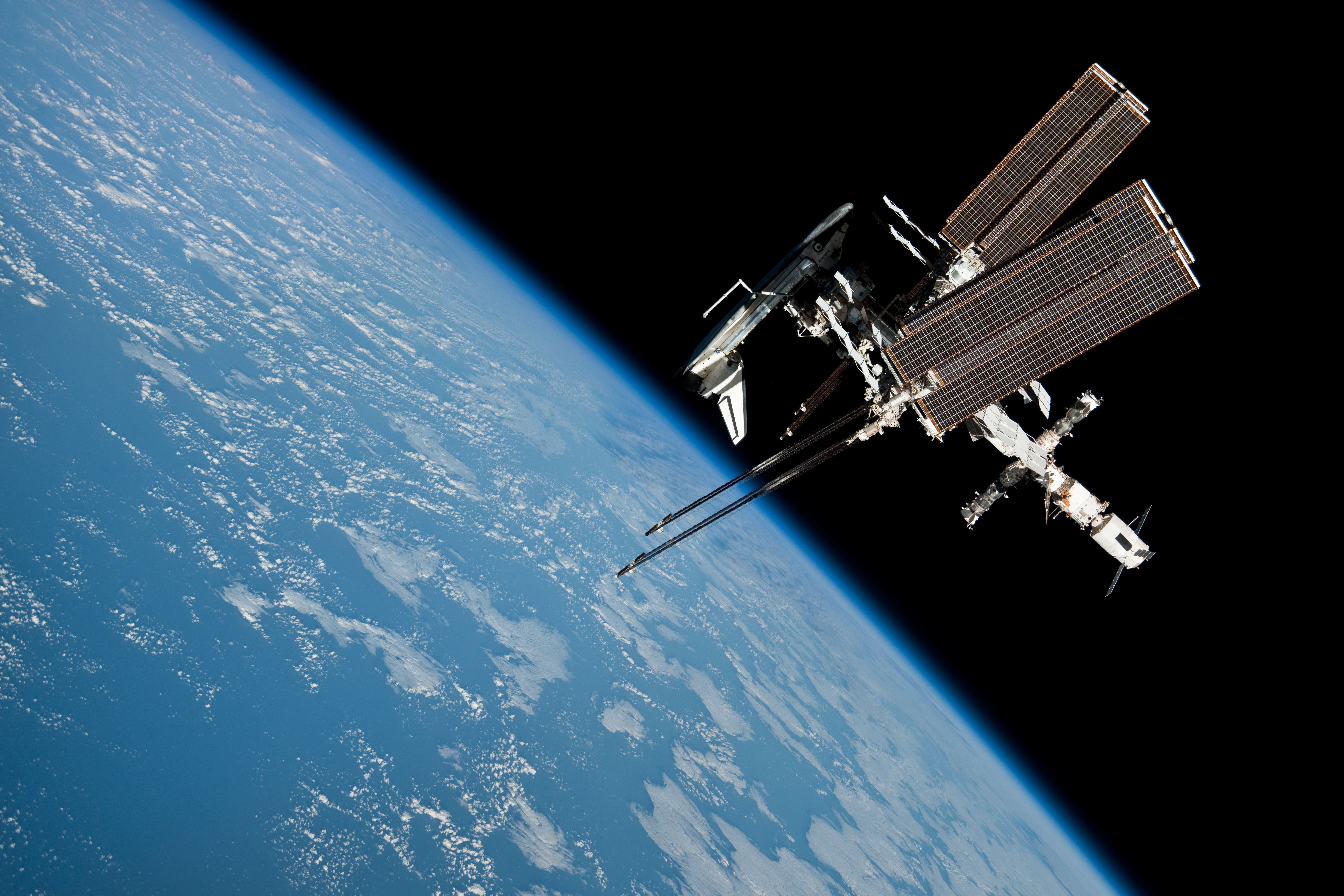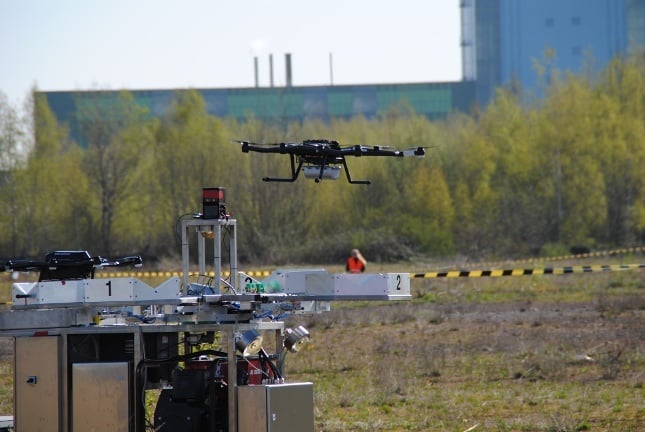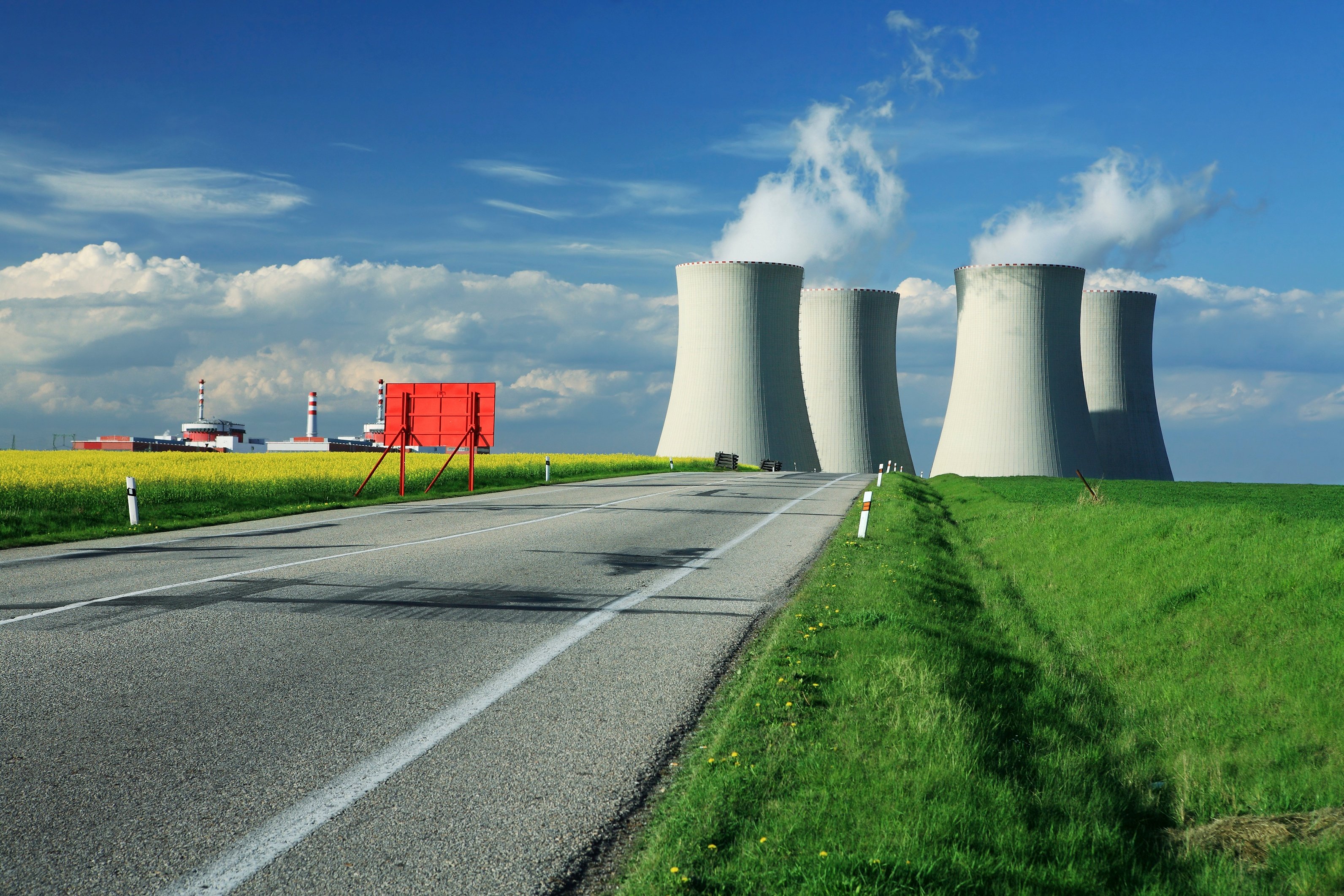Today's industrial processes and applications frequently involve some kind of extreme environmental condition. From the extremes of heat inside a furnace to highly dangerous radiation fields inside a nuclear reactor's fuel pool, there are conditions taking place that aren't safe to have a regular manned presence in.
Kasra Hagan
Recent Posts
A Clearer Picture - Optimizing Video Images for Industrial Environments
Posted by Kasra Hagan on Jun 26, 2017 9:28:04 AM
First conceived in 1994 and launched in 1998, the DMC 2000 has served eighteen years as a flagship product in Mirion's active dosimetry lineup. From use in nuclear power plants all over the world, to use with various militaries and civil defense agencies, to a large variety of labs, industrial sites, and more, it has been a rugged performer keeping workers and wearers safe and aware of their radiation exposure. The DMC 2000S and some associated products and accessories are now entering an end-of-life draw down phase, with a series of stages listed below to explain the impact to our customers.
The French aircraft carrier Charles de Gaulle, where the DMC 2000 was first deployed
Well Established Groundwork
Mirion's Telepole has been a mainstay instrument for radiation surveys for nearly two decades, proving itself to be a stable workhorse instrument for measuring radiation levels in hard to reach areas. It is this stability that we used as a starting point for the next generation telescoping rate meter, hoping to capture all that was good about the Telepole and leveraging Mirion's skill at innovation to fit customer needs and create a meter to take its place in a radiation worker's arsenal.
At the crossroads of Security & Protection - Introducing the DMC 3000 PRD Module
Posted by Kasra Hagan on Sep 6, 2016 9:43:37 AM
Merging Roles
In previous explorations of Personal Radiation Detectors (PRDs) and their applications, we established the difference between detection devices for radiological security and those designed for radiation protection. Radiological security is focused on devices that can search out hidden or unexpected sources of radiation in order to prevent their proliferation, while radiation protection is primarily about providing the user with information about their exposure and the conditions in their vicinity so that they may alter their behavior to limit their accumulated dose.
Mirion's new PRD Module for the DMC 3000 Personal Electronic Dosimeter combines these two typically distinct tasks. The wearer gains the benefit of a sophisticated piece of protective equipment in the form of an advanced electronic dosimeter, while also having a sensitive radiation search device at their disposal.
Closing Notes and Thoughts on the 2016 Mirion Training & Benchmarking Seminar
Posted by Kasra Hagan on Aug 1, 2016 10:02:21 AM
Thanks Again for Joining Us For A 26th Time
The 26th Annual Mirion Training & Benchmarking Seminar is on the books, and it was easily one of the best conferences in a long tradition of memorable ones. The responsibility for this is unquestionably on the shoulders of our attendees, whose energy and eagerness to participate make putting a successful seminar together a much easier task. So we would like to again, and not for the last time, offer a sincere thanks to all our customers, partners, and more who attend the Training & Benchmarking Seminar every year and make it what it is.
Get ready for the 26th Mirion Training & Benchmarking Seminar!
Posted by Kasra Hagan on Jul 7, 2016 4:01:04 PM
We are less than one Week away from the 2016 Mirion Training & Benchmarking Seminar
The time has come once again for our Annual Training & Benchmarking Seminar in Ft. Lauderdale, Florida. The seminar is our annual showcase of new technologies and hands-on instrument training. More importantly, though, it is an excellent opportunity to bring together radiation safety experts and customers from all over the world and across many industries. It is an ideal setting for our attendees to exchange ideas, knowledge, and operating experiences from many types of radiation safety occupations. We've spent 26 years crafting and evolving this conference to be as useful and informative as possible, while also fostering the strong sense of community and continuity which makes the Mirion Training & Benchmarking Seminar such a success.
Radiation Can Be a Problem For Space Travel
There isn't, by definition, much of anything in space. For the most part, it is this emptiness that causes problems for space travel. Lack of oxygen, lack of resources, lack of options for rescue or resupply if any number of things were to go wrong. Radiation, however, is one of the things that there isn't a lack of, and this in turn causes its own problems for anyone looking to live and work in space. Astronauts, either aboard the International Space Station (ISS) or any possible future space travel that takes us even further from our home planet, will have to contend with the problems caused by radiation in space. There is of course a concern about the general health effects of the increased exposure to radiation, and whether it is possible to effectively protect astronauts from this exposure, and thereby extend the boundaries of how far we can safely travel from Earth.
The ISS docked with the shuttle Endeavor
In an effort to solve these problems, or at least accumulate more information about the dangers inherent from radiation in space, Mirion Technologies took part in the ESA Active Dosimetry (or EuCPAD (European Crew Personal Active Dosimeter)) program, headed by the European Space Agency (ESA) and with contributions from companies across Europe. Below we'll provide more information on the nature of the problems, the solution that was developed, its results so far, and what it may mean for the future.
Cooperating to solve complicated problems - the ANCHORS project
Posted by Kasra Hagan on Sep 24, 2015 11:30:00 AM
The Cutting Edge of Radiation Safety
Radiation safety isn’t always about a single device for a single use. Complex scenarios and events create multifaceted problems that require a more layered and calculated approach. Mirion has a long history of collaborating with outside agencies and other companies to tackle these larger problems, and come up with tangible, real world solutions. Below we’ll detail one of the most recent of these projects: The ANCHORS-project.
Exploring the RDS-31
A variety of options for radiation detection
In a nuclear power plant, radiation detection can take many forms, from general area monitoring to specialized surveys of people or infrastructure. This frequently results in the radiation detection equipment on site being as varied as the different types of surveys done.
Below we go into some of the ways that the RDS-31 can be utilized to address these problems.
Why is perimeter monitoring important?
Broadly speaking, radiation safety is about protecting the general public from areas with higher than normal radiation levels, and minimizing the exposure to the radiation workers. One of the keys to achieving this is the ability to know exactly what the radiation levels are at locations on and away from the site. This becomes especially important when seeking to establish that radiation levels in areas off site do not exceed allowable limits.

